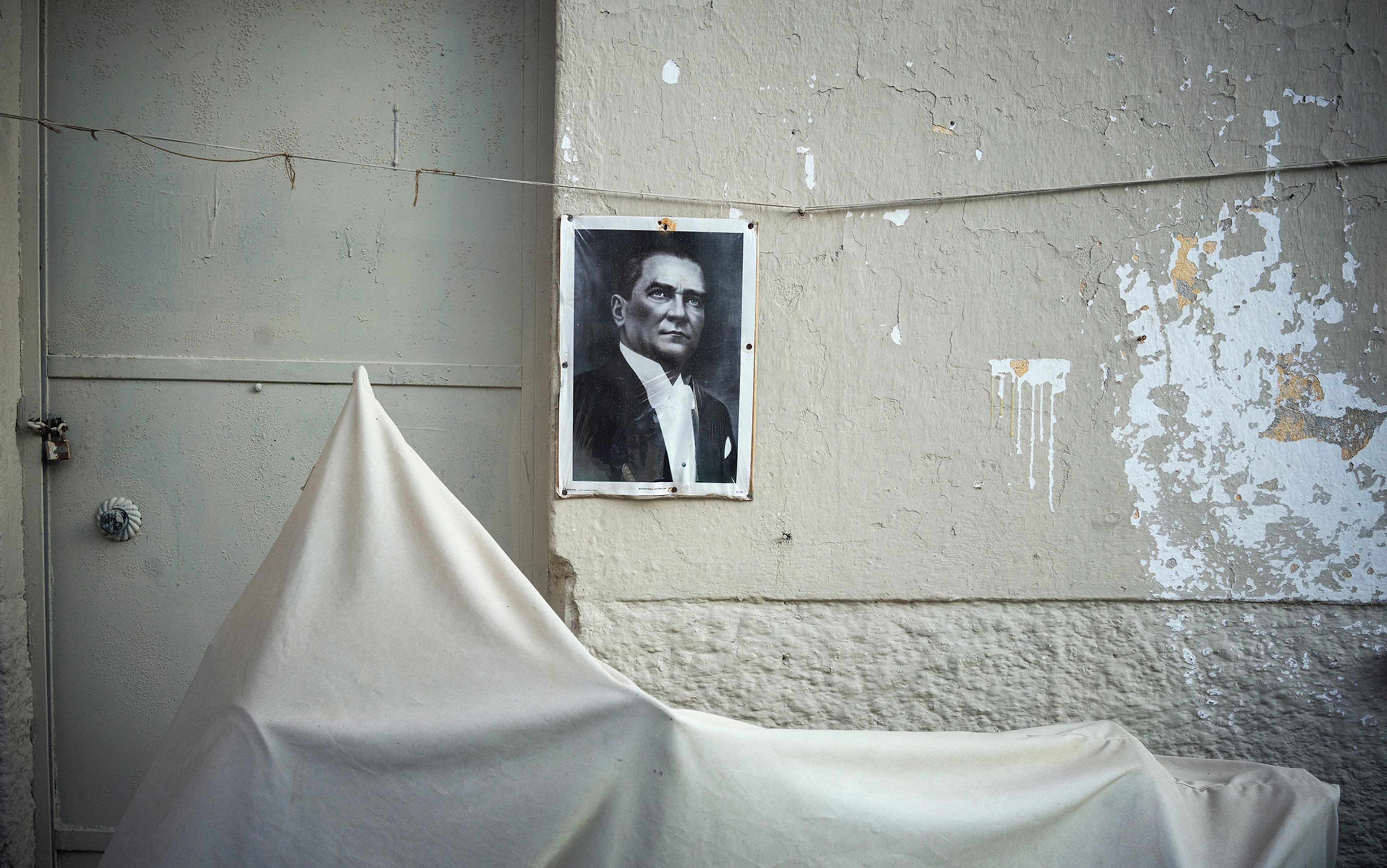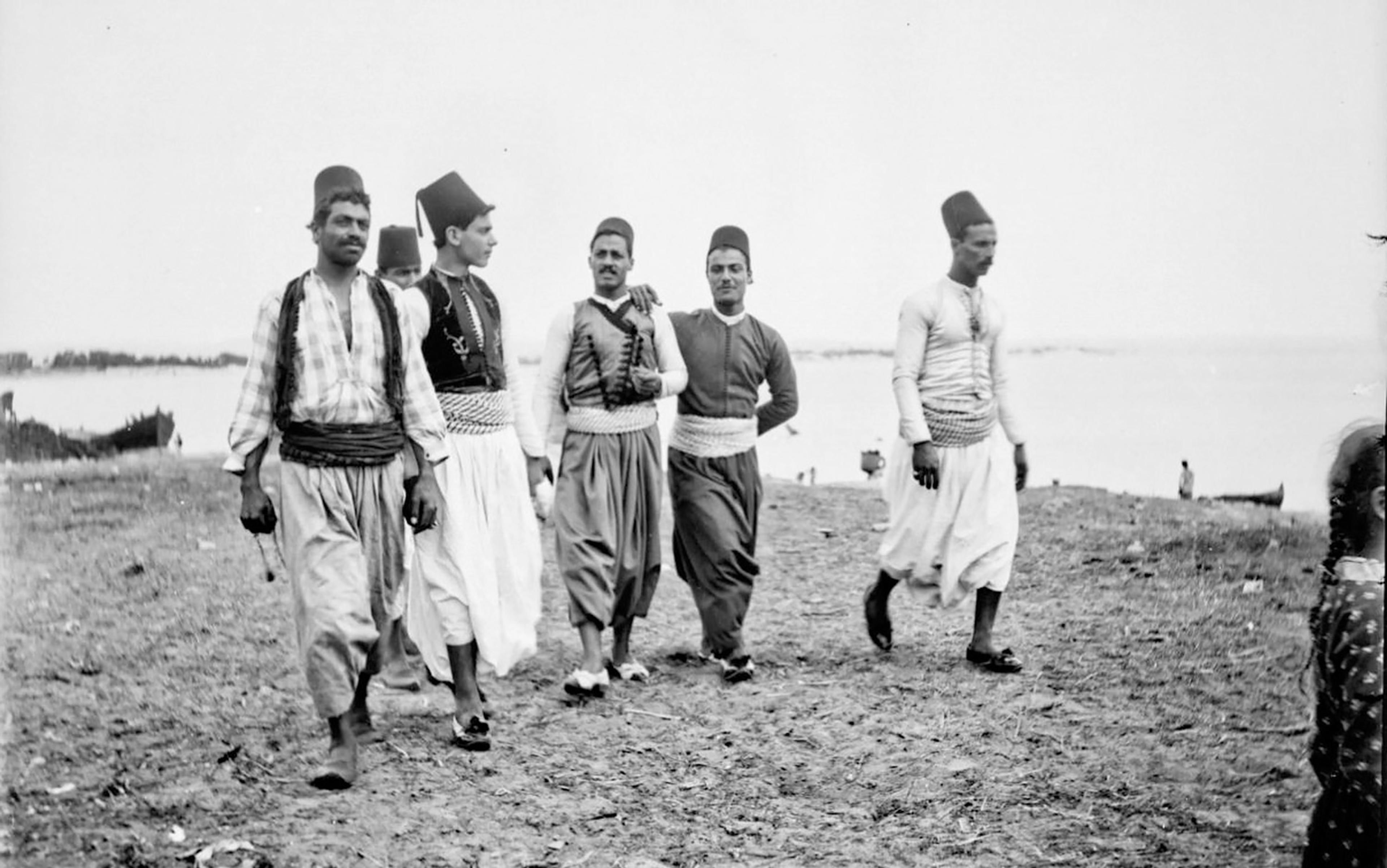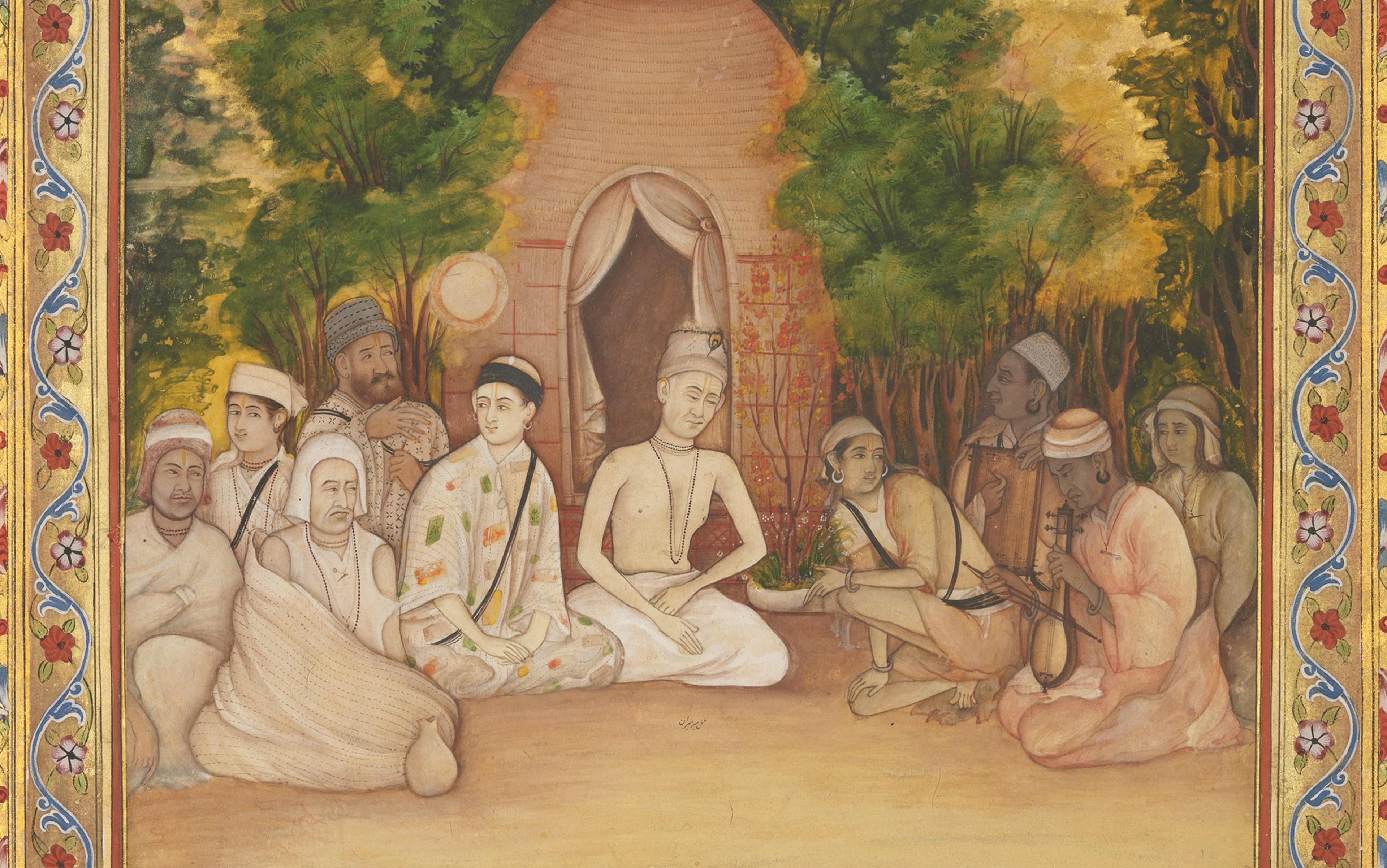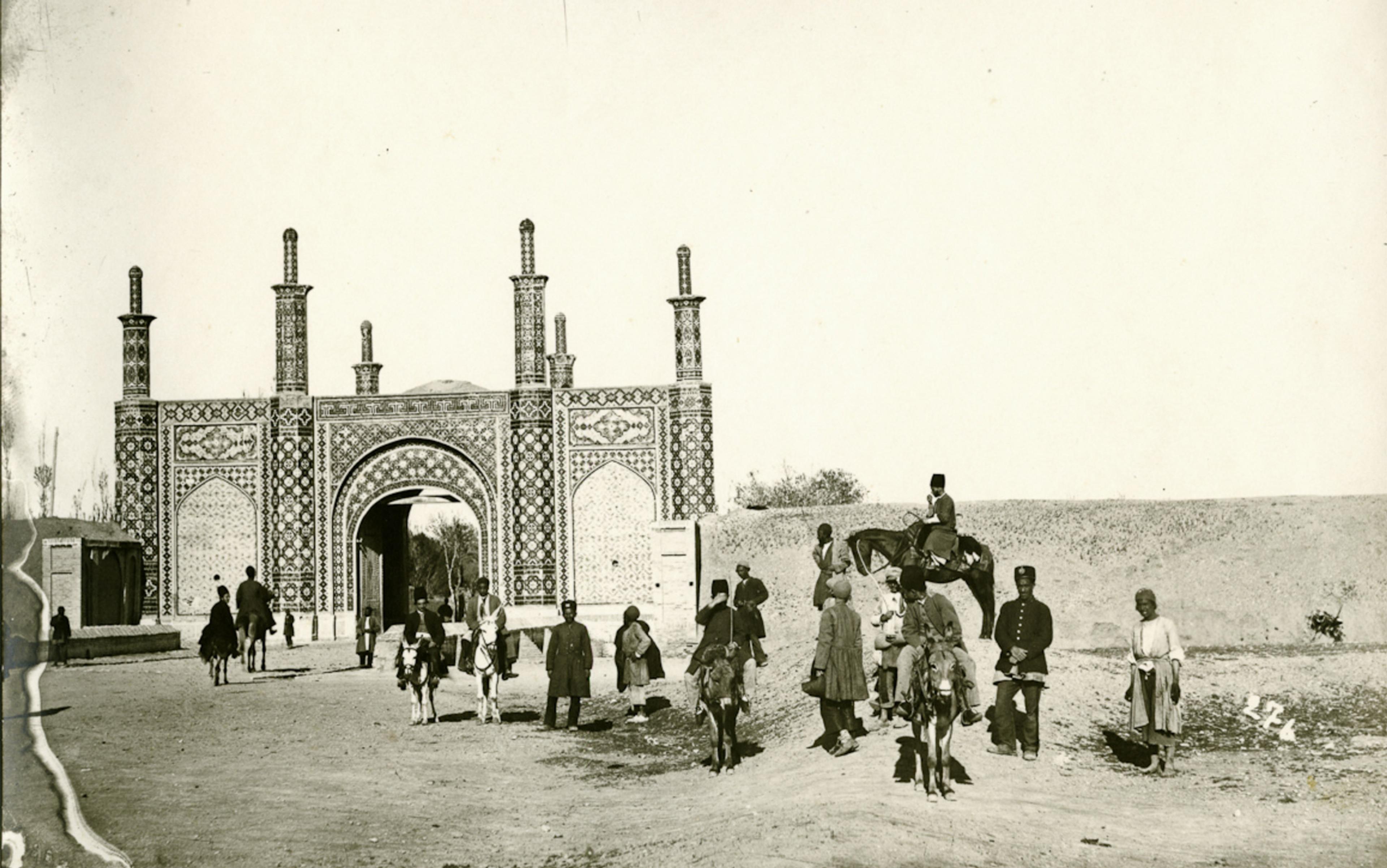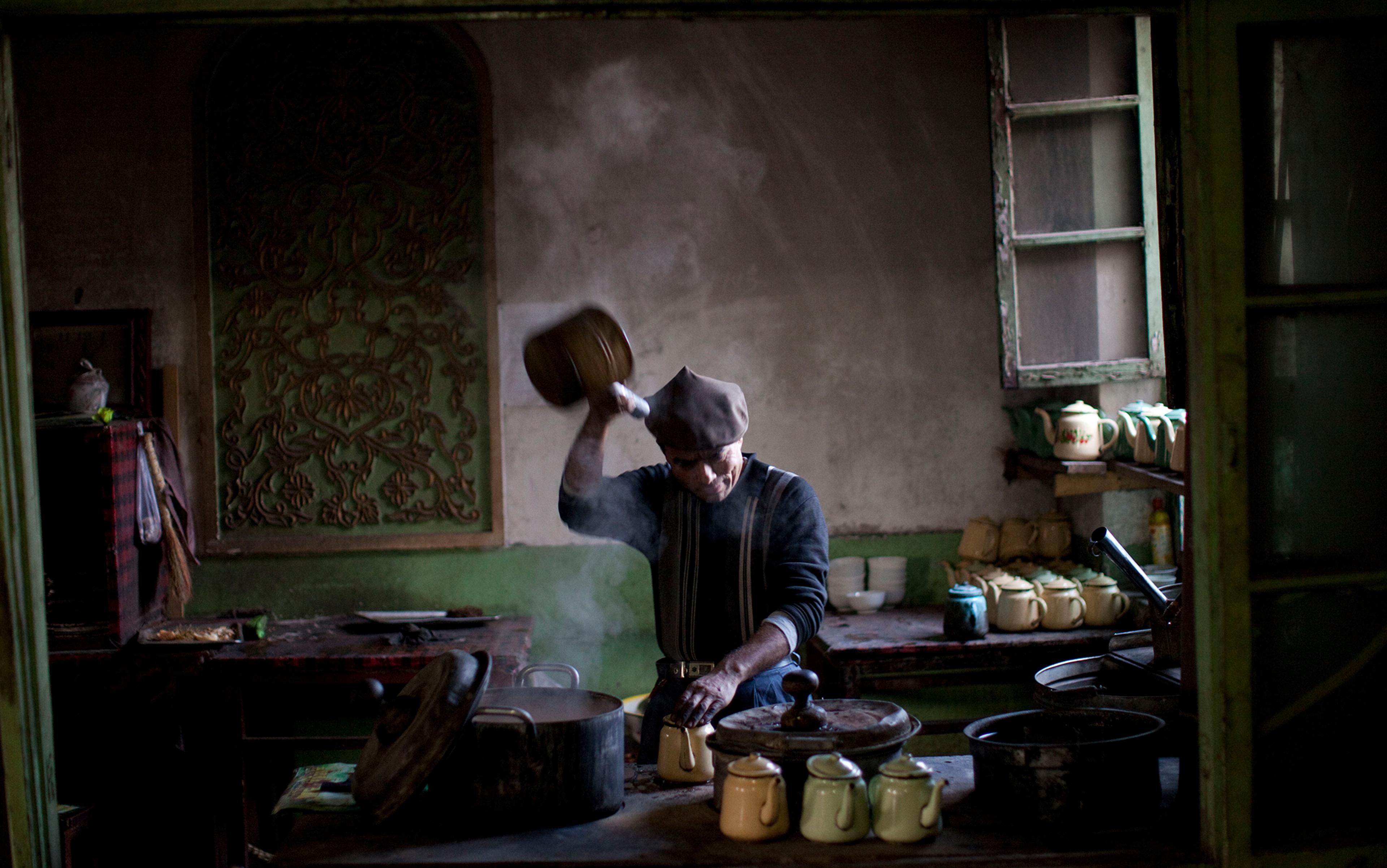In the context of the United States, white supremacy resonates with a long history and memories of slavery and Jim Crow, and the current resurgence of racism. In other parts of the world, the idea of whiteness stood in the middle of very different debates. In the late-19th and early 20th centuries, modernisers from Iran to Afghanistan, and from Japan to Turkey, turned to Western race science to bolster their efforts to establish the whiteness of the their nations in Western eyes, inject a much-needed confidence to their population in anticolonial struggles, and strengthen their bid for civilisation with racial credentials. While race science aimed to classify the world into the superior races of the West and the inferior races of the rest, modernisers around the world appealed to these same scientific precepts as authority for their campaigns. The Turkish case is a compelling one because of the magnitude of the whiteness campaign.
In 1909, the US Circuit Court in Cincinnati set out to decide ‘whether a Turkish citizen shall be naturalised as a white person’. The New York Times covered the case without noting that the plaintiff who brought the case was a Turk. The Times asked: ‘Is the Turk a White Man?’ and answered both yes and no. ‘The original Turks were of the yellow or Mongolian race,’ the Times reported, and they ‘are a cruel and massacring people … But they are also Europeans, as much “white” people as the Huns, Finns, and Cossacks.’ The question of whether the world considered the Turkish people white, and the uncertain responses to it, helped to propel Turkey’s modernisation efforts, and also shaped the state’s support for particular narratives of national identity and, for decades, their dissemination in education.
Almost 20 years later, in 1928, Mustafa Kemal Atatürk, the great modernising founder of the Republic of Turkey, found himself presented with the question of whiteness. Afet İnan, Atatürk’s adopted daughter, took a French geography book to Atatürk, and asked him if, as the book says, Turks are of the yellow race. His response: ‘No, it cannot be. Let’s occupy ourselves with it. You work on it.’ İnan was only 20 years old. However, by delegating İnan the task of searching for Turkish origins, Atatürk made her a state-supported proponent of Turkish whiteness.
The Turkish government sent her to the University of Geneva in Switzerland to pursue a PhD in history under the direction of Eugène Pittard (1867-1962), a well-known anthropologist friendly to the idea that Turks were white. İnan later reported that her incredulity toward the Swiss scholar’s claim that Turks were part of the yellow race had two sources:
Based on the pictures and information [in his book], I was looking around [to people’s skin colour] and noticing that [the information in the book] was not in agreement with reality … I also had bought Prof Pittard’s book Races and History (Les Races et l’Histoire, Paris 1924) at that time. Evidence in it did not correspond to this geography book either.
İnan’s doctorate in sociology, completed in 1939, surveyed the physical characteristics of 64,000 Turks. She used her survey data to argue that the Turkish people were white.
So began the search for Turkish whiteness. It would veer between science and science-fiction, excavating skulls, searching for historical documents, analysing blood types, and studying ancient languages. At one point, the effort to establish Turks as the cradle of world civilisation led some Turkish archaeologists to even investigate the mythical sunken continent of ‘Mu’. They hoped that ‘Mu’ would establish what they believed to be the Turkish origins of Mayan civilisation. Turkish scholars in various disciplines – history, anthropology, archaeology – wanted to show that the West (and the entire world) owed its civilisation to ancient Turks. Both the Turkish people and Western publics had to be convinced.
In order to prevail over Western prejudices, the Turkish government overhauled the educational system using the West’s own weapon of science. They invited Western scholars to Turkey, and sent students for training abroad to leading, mostly European, universities. Turkish modernisers believed that importing science and modernity from the West was really just reclaiming what was originally Turkish.
The debate around Turkish whiteness had also arisen in the 19th century. After 1839, which marked the start of an imperial edict to modernise the Ottoman empire, nationalist intellectuals in the empire promoted smaller-scale whiteness campaigns. The Ottomans ruled over large chunks of non-Turkish and non-Muslim populations, especially in eastern Europe. Until the turn of 20th century, half of the population of Istanbul, the capital city of the empire, was non-Muslim. In such a heterogeneous society, the idea of Turkishness as the common identity emerged only in the 18th century. It was in part a response to the new assertions of Greek, Bulgarian and Arab nationalisms that arose in parts of the Ottoman empire.
The Ottomans’ Turcocentric response drew heavily from abroad, in particular from European Orientalists. One of them, the French writer Léon Cahun (1841-1900), claimed in his lecture ‘Life and Prehistoric Migrations of the People called Turks’ (1873) that Turks are native Europeans. In 1930, just two years after İnan’s query, the modernisers published a Turkish translation of Cahun’s talk. İnan wrote the introduction, which read: ‘it is the Turks who established all ancient civilisations’.
The whiteness of Turks was a means to insist they were rightful owners of Western civilisation
The Ottoman empire entered the First World War on the side of Germany. Defeat led to the collapse of the empire, and the emergence of the Turkish republic. By the 1930s, Turkish reformers began emphasising the need for deep cultural transformation. In Europe and the US, the image of the ‘terrible Turk’ carried real popular power. Chester Tobin, an American who coached the Turkish Olympic track team in 1924, wrote in his memoirs: ‘The European cliché of the “Terrible Turk” had been sharply imprinted in the minds of Americans by the close of the First World War. It was cast in human baseness.’ The ‘Terrible Turk’ imagery was a legacy of the Ottoman government’s handling of non-Muslim minority populations and their nationalist claims. It also derived from brutal ethnic conflict between Muslim Turks and non-Muslim populations during the tumultuous years of First World War.
Americans and Europeans tended to understand differences between peoples and societies in racialised terms. In their minds, civilisational and racial qualities were deeply linked. This is why Turkish modernisers set out to establish the Europeanness or whiteness of Turks. They saw it as a means to the end, a way to authorise their reform goals: creating an ethnically homogenous country, Westernising it through cultural transformation, and insisting that Turks are the rightful owners of Western civilisation.
As it did in many countries, eugenics helped to shape Turkish nationalism. Eugenics was a pseudo-science that sought through manipulation of human evolution to encourage the reproduction of superior races and inhibit the growth of inferior races. The movement reached its epitome, and its catastrophic results, during the Nazi regime in Germany. Some of the Turkish scholars wanted to base claims to ancient Turkish civilisation on the supposedly scientific basis of eugenics’ biology. However, the eugenic canon of the first half of the 20th century assigned white superiority to Europeans, and relegated Turks to a class of inferior races. Turkish nationalists longed to change this, through scientific research.
Eugenics reached its peak of influence in North America and Europe, but prominent Turkish eugenicists also expressed their public support. Sadi Irmak (1904-90) was the most prominent. After an education in medicine and biology in Berlin, Irmak started popularising eugenics when he became professor of physiology at the University of Istanbul in 1933. Unlike an aloof academic, Irmak prolifically used popular media, such as newspaper articles, public talks and books, to popularise eugenic knowledge. Never hiding his fascination with Nazi policies of sterilisation and extermination, Irmak saw the Holocaust as an extension of rational government against racial mixture. In the 1970s, he served for a brief period as Turkey’s prime minister.
Other prominent Turkish scholars of eugenics also tried to popularise the cause. Newspapers published articles with eugenics-inspired headlines such as ‘Should the Mad, the Feeble-Minded, and the Sick Be Sterilised?’ While Turkish eugenicists were trying to establish the whiteness and Europeanness of their civilisation, Hitler was fantasising about a superior race that availed itself of what he saw as Islamic immorality and ruthlessness. In his memoirs, Albert Speer, the Nazi Minister of Armaments, noted that Hitler expressed admiration for the ruthlessness of Muslim Turks. Hitler wished Turks had conquered Europe and converted the continent to Islam. He imagined a superior race of ‘Islamised Germans’ who could circumvent the moral limits of Christianity. So race science could lead its believers to an array of conclusions about preferred or desirable political outcomes.
The Turkish search for whiteness assumed fantastic proportions and took truly creative turns. It marshalled a broad collection of disciplines, including archaeology, anthropology, history, medicine and geography, all in the effort to ‘discover’ the prized ancient essence of whiteness in Turkish history. One of the most important turning points in the campaign came in 1932, at the first Turkish Congress of History in Istanbul.

Afet Inan, an adopted daughter of Kemal Atatürk, speaks at the 1937 History Congress. Photo supplied by the author.
High-school teachers as well as the professors of the Darülfünun, the successor of the imperial university, were in attendance, as were some members of parliament. The Congress of History provides a preview to some of the ideas core to the Atatürk regime’s looming overhaul of the imperial university, to make it more friendly with the scientific whiteness campaign. The restricting of the university also meant firing a large number of professors and hiring German scholars fleeing Nazi persecution.
In his opening speech, the minister of education listed two goals for the conference: learning the roots of Turkish civilisation and correcting Western misrepresentations of the Turks. He made a sweeping claim for the influence of Turks on the history of world civilisations:
Turks … established the essences of Chinese and Indian civilisations in Asia, Hittite civilisation in their blessed land Anatolia, Sumerian and Elamite civilisations in Mesopotamia, and finally Egyptian, Mediterranean, and Roman civilisations. They saved Europe, whose high civilisation we value and follow today, from cave life in those days.
Next on the stage was İnan, who emphasised Turks’ whiteness:
The obvious characteristic of this Central Asian race is brachycephalic; its corporeal formation, despite fabricated legends, is proportional; and its skin has no relationship with the colour of yellow; it is mainly and generally white.
İnan vowed to use the latest Western science to show Turks’ racial purity, to overturn these ‘fabricated legends’ of Western scholars about the Asianness of Turks.
İnan’s domination of the Turkish nationalist campaign for whiteness at this conference became clear. She was 24 years old and with no credentials as a scholar. But when two professors offered subtle and apologetic criticism of the empirical basis for the new whiteness theory, İnan took the lead in quelling their tentative opposition. The two dissenters were Mehmet Fuat Köprülü (1890-1966) and Zeki Velidi Togan (1890-1970), both professors of history. Their main objection was that the claims of the whiteness campaign were outstripping the evidence. Scholars, they said, need more evidence to substantiate some of the claims the conference was trying to advance. Köprülü’s dissent, coming from a scholar who studies Ottoman history using meticulous analysis of archival material, triggered a series of attempted rebuttals and apologies.
There was an absence of data for an advanced prehistoric Turkish civilisation
Again, İnan was the first to criticise. Her political power compelled Köprülü to come to the stage, protesting that there has been a misunderstanding. Bolstered by İnan’s possible patronage, another scholar of the newly established Turkish Historical Society also challenged Köprülü, who again claimed misunderstanding. But the same critic appeared once more at the podium, with further rebuttals of Köprülü’s call for scholarly caution. The audience applauds Köprülü’s humiliation, and he was forced to apologise yet again.
Togan was the second critic of the scientific basis of the whiteness campaign. A historian and an important figure in Turkish nationalism, Togan was moved to action by Reşit Galip’s presentation ‘A General Look at the History of Turkish Race and Civilisation’. Togan’s criticism, again, had to do with the absence of data to support broad generalisations about an advanced prehistoric Turkish civilisation. It was Galip, however, and not Togan, who enjoyed political favour and was, in fact, about to be made the Turkish Minister of Education in 1933. As such, Galip would lead the overhaul of the imperial university, the Darülfünun, into Istanbul University. Togan too experienced public shaming at the first Turkish Congress of History. Galip gave a long rebuttal of Togan’s claims, ending by challenging Togan’s character: ‘Dear friends, I am very thankful for not being a student in front of Zeki Velidi’s lectern at the university.’ With his scientific reputation in shambles, Togan resigned from his post at the university even before the conference ended.
In his presentation, Galip gave a remarkable and characteristic piece of evidence: the conference-goers themselves. After criticising a Western scholar for classifying the Turks into the yellow race, Galip told the audience to set aside scientific talk for a minute and look at one another. ‘In order to disprove the classificatory theory followed in this work beyond any doubt, it is sufficient,’ he said, ‘for those who are present here as part of the Turkish race to take a look at one another.’
Such were the scientific methods of the Turkish whiteness campaign. But their presumptions were widely shared. Donald E Webster, a Turcophile and American diplomat, spent nine years in Turkey, writing in 1939: ‘There are even some who expect to find a population of African hue; there are some Negroes in Turkey, but not so many as in Minnesota.’
From the early 1930s, for the next two decades, these elite Turkish modernisers set out to teach a peasant population their own greatness through mass education and literacy campaigns. The key text of the effort was The Central Themes of Turkish History (1931), on which İnan was one of the authors. Only 100 copies of this small book, which set out the core arguments and themes of the state’s public education, were published, but it served as the blueprint for Turkish modernisation of education. The book began by attacking Western science for its misconceptions about Turks. It set the goal to ‘uncover the secrets of Turkish genius and character, to show the specialty and strength of Turks to themselves, and to declare that our national progress is linked to deep racial roots’.
The Central Themes of Turkish History made a number of notable and fanciful assertions that found their way into school curricula, and established themselves as orthodoxy among Turkish educators and scholars. They include: 1) Turks are the original white race; 2) Turks are the descendants of an ancient, central Asian civilisation, which is the oldest and most advanced in the world; 3) Turks spread civilisation to the rest of the world when they migrated out of central Asia, their mythical homeland; 4) when they encountered other races, ancient Turks assimilated and Turkified them.
This last claim was an interesting twist on the peculiarly racist one-drop rule in the US, whereby anyone with any black ‘blood’ is black. In the Turkish model, racial mixture did not debase the ‘superior’ race. Instead, it raised and assimilated ‘inferior’ races. Turkish people learned that the cradle of Western whiteness and civilisation was to be found in Asia. The American philosopher John Dewey (1859-1952) visited Turkey in 1924 to prepare a report on education, and quipped: ‘It is paradoxical that it should be necessary for a nation to go into Asia in order to make sure that it is to be Europeanised.’
The past decades have seen a rising interest in Ottoman and Islamic history
Turkish modernisers saw no paradox in looking eastward to Asia for evidence of the achievements and qualities that they believed would make them white and European. But the modernisers were notably cool toward Islam. They preferred identifying civilisational achievements – writing, metallurgy, women’s suffrage, among others – and seeking their purported Turkish roots. They saw modernisation as a collective characteristic embedded in racial identities and leading toward an advanced and homogenous society. Islam, however, held no particular appeal. They saw it as a corrosive force on Turkish civilisation that arrived later and ‘from the outside’.
The Turkish modernisers set out to turn Western racial classifications upside down. They understood, at some level, that race science was a human construct serving political goals. They too, however, used it to try to establish themselves as the superior creator of human civilisation. These campaigns and educational efforts enjoyed authority in Turkey for decades, until at least the mid-20th century. They have also left a deep mark in the collective identity of the country.
It was not until the 1990s that the effects of the Turkish race-science campaign faced a real correction. The past few decades have witnessed a rising interest and nostalgia for Ottoman and Islamic history. It shows itself in Turkey through the popularity of Ottoman-related cultural artifacts and experiences, such as Ottoman calligraphy, cuisine and the hamam or Turkish bath. The Turkish state has also taken a path very different from its mid-20th-century pursuit of whiteness and Westernness. It has embraced its Ottoman past and showed this change in foreign policy with strong ties to the Middle East and the Islamic world, at the expense of formerly close alliances with the West.
One of the turning points was in 1988, when Turkey’s president Turgut Özal opened a museum exhibit in London named after Suleyman the Magnificent, an Ottoman sultan. The exhibit glorified this sultan and led the Turkish media to immense interest in Ottoman heritage. In one sense, ‘Ottomania’ in contemporary Turkey appears to be a populist reaction to the long tradition of modernisation, which was imposed by a powerful secular elite from the top. The whiteness campaign that went along with modernisation had repudiated the Ottoman empire as an aberration in Turkey’s long history. The rise of ‘Ottomania’ today rehabilitates the Ottoman past, and roots Turkish identity in it. In Turkey today, the idea prevails that Turks are the descendants of the Ottomans, rather than a prehistoric superior civilisation in central Asia.
